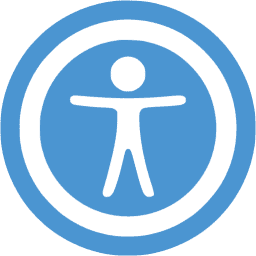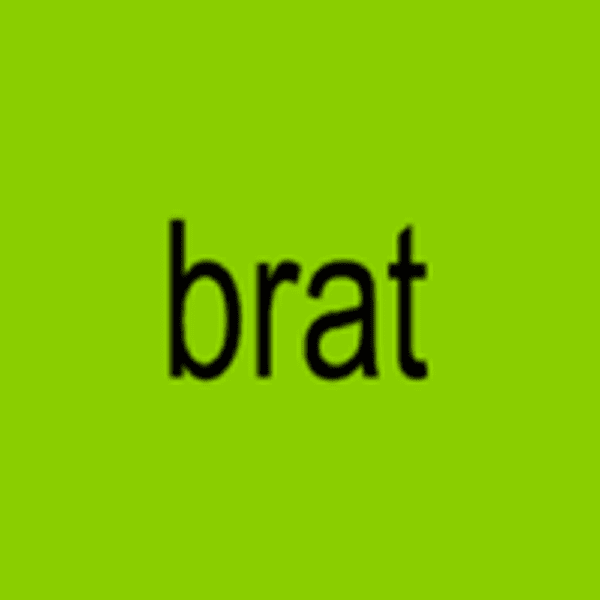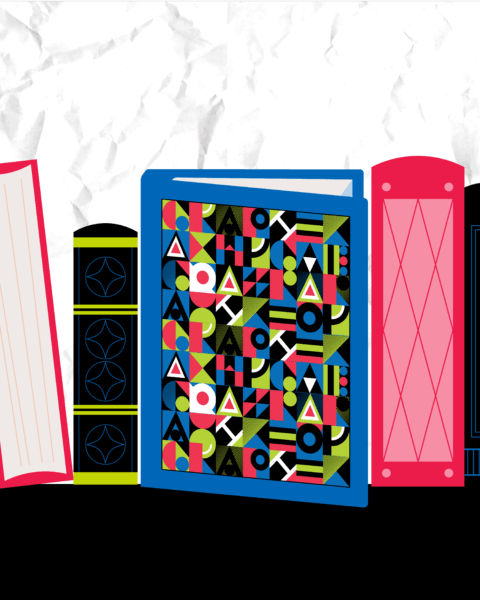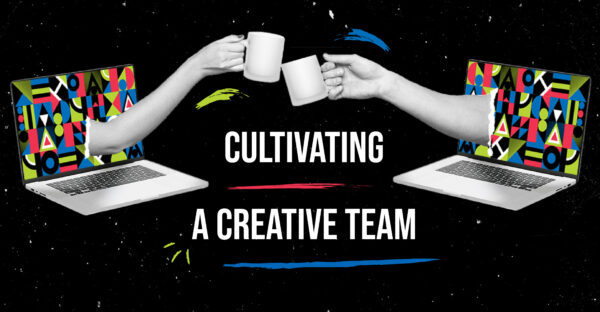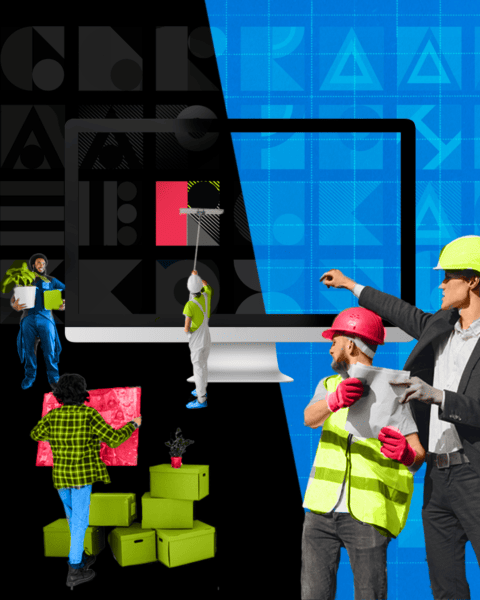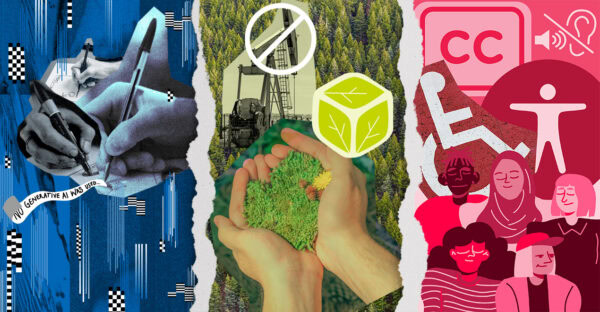
As we near the start of another year, “trend lists” tend to proliferate – including in the world of design! It’s fun to think about what will be in vogue for the coming year, and it’s important for organizations and designers alike to be cognizant of consumers’ ever-changing preferences, as well as the effects of broader changes in technology, politics, society, and other forces. Let’s take a look at some trends we see – and what that might mean for your organization.

Socially Conscious Design
Let’s address the elephant (see what we did there?) in the room right up front; we will have a different party taking control of the White House and Congress in 2025, and along with such change inevitably comes politically conscious art, often in the form of protest or resistance art. Whether we see it on street posters or billboards, in print media, online, or even in galleries, change in majority political party often brings protest art. What might we see in 2025?
- DEI: Many organizations will redouble their efforts to be inclusive when depicting people and how they are depicted. If we see pushback, we are likely to see more representation in response.
- Accessibility: A growing number of websites will incorporate accessible features. If you see, for example, this symbol as an interactive button at the corner of a website, it means the site offers additional accessibility features, such as compatibility with screen readers, keyboard navigation, and voice commands for the visually impaired.
- Sustainability: Putting a green leaf in a design isn’t enough; true sustainable design means pushing ourselves to make smart decisions regarding packaging, materials, and strategic solutions that minimize human impact on the environment. This may show itself in more subtle ways, too, by using recycled materials and/or reducing packaging. Water bottles often advertise using less plastic than previous versions, or a product label might state that it’s manufactured in a factory that uses renewable energy.

AI-Driven Design
Artificial Intelligence, or AI, is here, and it’s not going away. This reality is already being felt amongst industry creatives, with generated images and tools being widely adopted – just check out Canva’s Magic Design, Microsoft Designer, or Adobe’s integration of AI tools throughout their programs, including Firefly and generative fill tools in Photoshop. In a recent interview with The Verge, Alexandru Costin, vice president of AI at Adobe, even commented, “Artists who refuse to embrace AI in their work are not going to be successful in this new world without using it.”

Anti-AI Design
Costin’s statement caused quite a stir amongst creatives, and as if that weren’t enough, the company next updated its Terms of Service in June 2024, to include “License to Your Content: Solely for the purposes of operating or improving the Services and Software, you grant us a non-exclusive, worldwide, royalty-free sublicensable, license, to use, reproduce, publicly display, distribute, modify, create derivative works based on, publicly perform, and translate the Content.” Yikes. The change caused another uproar, leading Adobe to update their terms of service again and reiterate they would not train their AI models on customer data.
As recently as October 2024, a statement (“The unlicensed use of creative works for training generative AI is a major, unjust threat to the livelihoods of the people behind those works, and must not be permitted.”) was released online, gaining over 35,000 signatures from creative professionals. This growing negative sentiment toward AI from those in creative fields is largely focused on the fact that the AI-data training process pulls from intellectual property and copyrighted work.
Meanwhile, a class-action lawsuit filed by illustrators in 2023 against Stability, Midjourney, and DeviantArt for scraping copyrighted materials is ongoing, which may have massive implications for the industry depending on its outcome.
Where does this leave organizations? We are starting to see more instances where creators are directly stating that they didn’t use AI; in The Heretic, a new movie released by A24, the credits state, “No generative AI was used in the making of this film.” We expect we’ll start seeing similar statements in magazines, books, movies, and TV/streaming shows moving forward. We also expect renewed focus on authenticity, with companies embracing imperfections and the touch of a human hand, exemplified by designers getting off the computer and embracing traditional media to create tangible, original designs.
Anti-Design
It’s not a new trend but runs concurrently with brutalism, which will likely also make a comeback. Key to this trend is knowing the rules – and intentionally breaking them. We are inundated with beautiful, clean, polished design templates everywhere, so to stand out, you present the opposite: You make something that willingly rejects what is “beautiful” in order to gain attention or communicate something authentic. A notable example of this is CharliXCX’s hit album ‘brat,’ with an album cover that’s hard to miss:
It’s often said the best design is design you don’t even notice, but anti-design turns that on its head by challenging consumers rather than making life feel frictionless and seamless. No matter where 2025 leads us, we expect that the world of design around us will reflect our truth: Life is complicated.
Want to chat about how your organization will meet the evolving designs of tomorrow?
Drop us a line/give us a call.

